Google's new Fitbit Labs features could spot early health warnings before you even notice
Your Pixel Watch could soon spot high blood pressure and unusual health changes.

Google is now testing more features with Fitbit Labs: Unusual Trend Detection and Hypertension Study Lab are now in the process of testing to come to future smartwatches.
The Fitbit Hypertension Lab is going to use Pixel Watch data and try to identify signs of high blood pressure. The lab is currently available for the Pixel Watch 3, and curiously enough, this year's wearable is excluded from the tests at this point.
At the moment, the company is looking for up to 10,000 eligible participants who will wear their Google Pixel Watch 3 as they normally would for 180 days. The participants have to be in the U.S.
Apparently, some of the users participating in the study will be sent an Ambulatory Blood Pressure Monitoring cuff to wear for 24 hours. Also, they are going to get a $25 gift card as compensation upon return.
Google underlines that there may be a slight and temporary change in your smartwatch's battery life. Still, the company says it should last for a full day on a single charge despite this change.
If you wish to participate, you can open the Fitbit Labs page on Android and follow the instructions.
Meanwhile, another new Fitbit Lab is focused on offering you a heads-up warning if something in your health metrics looks different. For example, this may allow you to log possible causes and symptoms, and provide you with tips for rest and recovery. On top of that, the feature should also notify you when your metrics return to your typical patterns.
Apple began offering Hypertension notifications this year. The feature is supported on Apple Watch Series 9 or Ultra 2 and later models. When you set it up, it records data for 30 days, and after that, your Apple Watch can alert you if you may be experiencing hypertension.
However, this is not blood pressure monitoring, just notifications if the timepiece suspects you may be having hypertension.
It's possible that Google is also working on such a feature with Fitbit Labs. Meanwhile, Samsung has been offering blood pressure monitoring with some Galaxy Watch models. It needs to be calibrated with a traditional blood pressure measuring device, though.
I like the fact that Google is working on a hypertension feature and also on the feature that would notify you and give you tips if something in your metrics isn't as usual. These are all great features that can be useful for you if you want to monitor your health a bit better and also make sure you're taking care of your body.
So, I'm all for new features and improvements for all smartwatches in terms of offering us more health and wellness-related features. So kudos to Google for working on these two.
Fitbit Labs tests two new health-related features for your Pixel Watch
The Fitbit Hypertension Lab is going to use Pixel Watch data and try to identify signs of high blood pressure. The lab is currently available for the Pixel Watch 3, and curiously enough, this year's wearable is excluded from the tests at this point.
Apparently, some of the users participating in the study will be sent an Ambulatory Blood Pressure Monitoring cuff to wear for 24 hours. Also, they are going to get a $25 gift card as compensation upon return.
If you wish to participate, you can open the Fitbit Labs page on Android and follow the instructions.
It seems that this study is going to be used to presumably enable hypertension notifications for the Pixel Watch, a useful health-related feature that Apple recently introduced on the Apple Watch.
Meanwhile, another new Fitbit Lab is focused on offering you a heads-up warning if something in your health metrics looks different. For example, this may allow you to log possible causes and symptoms, and provide you with tips for rest and recovery. On top of that, the feature should also notify you when your metrics return to your typical patterns.
Google's hypertension study and the competition
Apple began offering Hypertension notifications this year. The feature is supported on Apple Watch Series 9 or Ultra 2 and later models. When you set it up, it records data for 30 days, and after that, your Apple Watch can alert you if you may be experiencing hypertension.
It's possible that Google is also working on such a feature with Fitbit Labs. Meanwhile, Samsung has been offering blood pressure monitoring with some Galaxy Watch models. It needs to be calibrated with a traditional blood pressure measuring device, though.
It's important to note that none of these smartwatch health features should be taken as seriously as you would take a medical device. After all, smartwatches are not medical devices, and all these companies make sure to remind their users of that.
Give me health features on smartwatches
I like the fact that Google is working on a hypertension feature and also on the feature that would notify you and give you tips if something in your metrics isn't as usual. These are all great features that can be useful for you if you want to monitor your health a bit better and also make sure you're taking care of your body.
Of course, I don't take smartwatch health data as medical data, but it helps orient you on what you may improve in order to achieve better health and general wellness. I also find sleep monitoring on smartwatches a good idea, because sometimes, I get distracted by life in general, and I don't pay that much attention to these things.
So, I'm all for new features and improvements for all smartwatches in terms of offering us more health and wellness-related features. So kudos to Google for working on these two.
Follow us on Google News





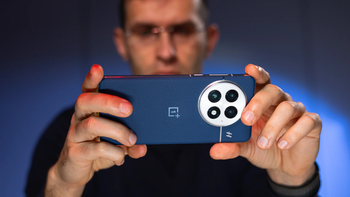
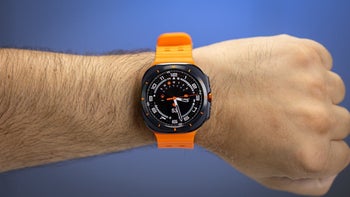
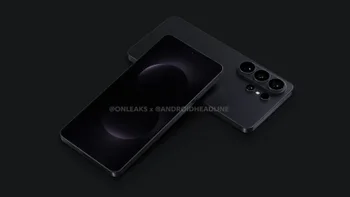

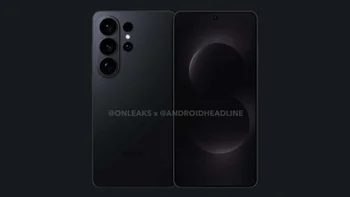

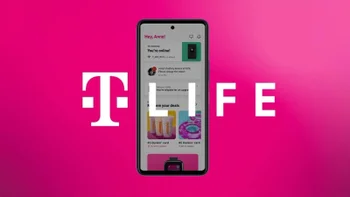


Things that are NOT allowed:
To help keep our community safe and free from spam, we apply temporary limits to newly created accounts: